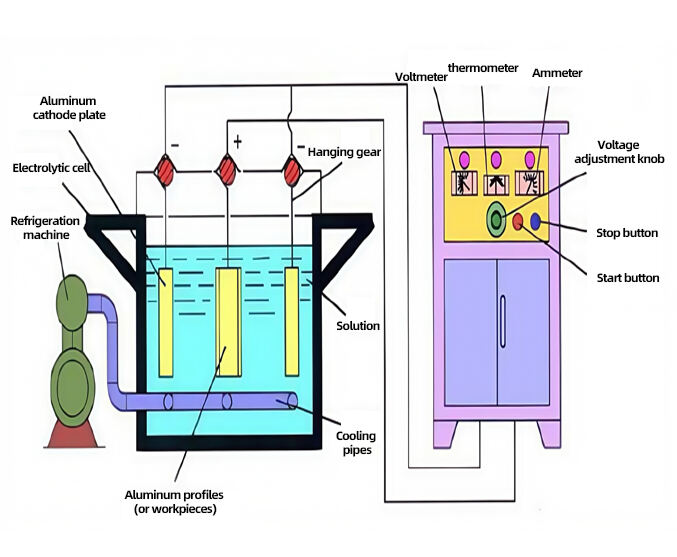Alüminyum anotizasyon için renk seçenekleri
Alüminyum veya alüminyum alaşım ürünlerinin anot olarak kullanılması ve elektrolit çözeltisine konularak elektroliz ile yüzeylerinde alüminyum oksit filmi oluşturmak üzere yapılan işleme alüminyum ve alüminyum alaşımlarının anodik oksidasyon işlemi denir. Anodik oksidasyon işleminden sonra alüminyum yüzeyinde birkaç mikrondan birkaç yüze kadar mikron kalınlığında oksit tabakası oluşturulabilir. Doğal alüminyum alaşımı oksit tabakasına kıyasla korozyon direnci, aşınma direnci ve dekoratif özellikleri önemli ölçüde geliştirilmiş ve güçlendirilmiş haldedir.
-

Şeffaf
Malzemeye bağlı benzer
-

Gül altını
RAL 3031, Pantone 1805'e benzer
-

Derin altın sarısı
Şuna benzer: RAL 1037, Pantone 715
-

Siyah
Şuna benzer: RAL 9004, Pantone Black 6
-

Mavi
Şuna benzer: RAL 5015, Pantone 3015
-

Silah gri
Malzemeye bağlı benzer









